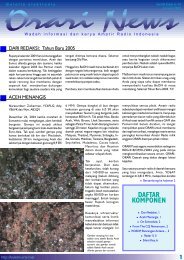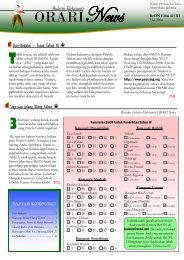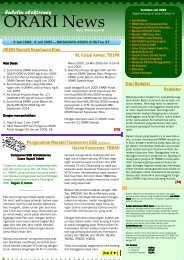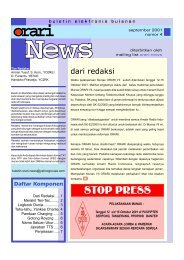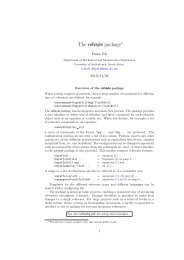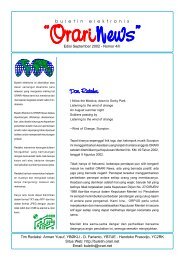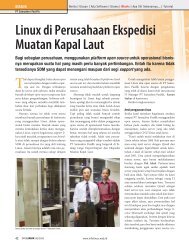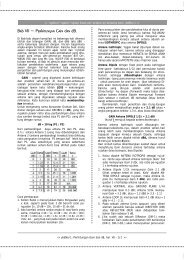Create successful ePaper yourself
Turn your PDF publications into a flip-book with our unique Google optimized e-Paper software.
Class AB1 service limits grid voltage excursions to negative grid<br />
regions on the constant current graph. Point No. 2 therefore may<br />
never be located above the zero grid voltage line. In addition, the<br />
minimum instantaneous anode voltage is usually not allowed to<br />
swing as low as the d-c screen potential, since screen dissipation<br />
tends to become abnormally high. The location of Point No. 2<br />
thus has certain restrictive limits defined by screen dissipation<br />
and the maximum positive grid signal voltage. In this case, for the<br />
4CW100,000D, minimum instantaneous anode voltage is about 2<br />
kV. Peak r-f voltage is thus 10,000 - 2,000 = 8,000 volts.<br />
Peak r-f anode current in a Class AB1 amplifier usually runs about<br />
2.5 to 3.0 times the average d-c anode current. In this case, a<br />
maximum peak anode current of about 2.9 times the maximum<br />
signal d-c anode current of 11.0 A, or 32 amperes, is chosen. This<br />
defines Point No. 2, which is at the intersection of the 2 kV minimum<br />
anode voltage line and thus falls within the limits discussed in the<br />
preceding paragraph. A straight line is drawn between Point No. 1<br />
and Point No. 2 which is the negative anode cycle portion of the<br />
operating line.<br />
When the operating line is extended to the right of Point No. 1, it<br />
can be observed that the tube conducts over the rest of the cycle<br />
where (by virtue of the “flywheel” effect of the resonant tank circuit)<br />
the instantaneous anode voltage swings as far above the normal dc<br />
value as it swings below. It is important to note that operation with<br />
less than cutoff bias requires that the EIMAC <strong>Tube</strong> Performance<br />
Computer employ points on the operating line failing to the right<br />
of Point No. 1. The operating line is accordingly extended and the<br />
computer is used in a two-part operation, as shown in the following<br />
example:<br />
46




